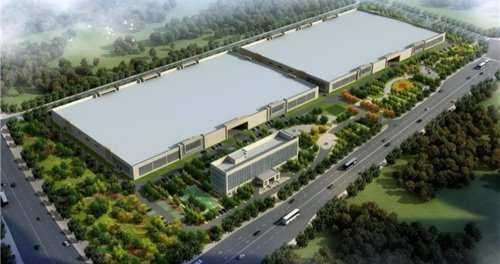Tencent Delays GPU Rollout, Attributes Change to DeepSeek Innovation

Tencent’s GPU Strategy Adjustment
Slowing GPU Deployment
In a recent earnings call for Q4 2024, Tencent’s Chief Strategy Officer, James Mitchell, announced a significant shift in the company’s approach to using Graphics Processing Units (GPUs). This change comes after the successful implementation of the DeepSeek program, which has enhanced the productivity that Tencent derives from its GPU resources.
Advances with DeepSeek
Reports indicate that earlier this year, DeepSeek made notable advancements by successfully training a Large Language Model (LLM) that performs comparably to those created by tech giants like OpenAI and Meta. The catch is that DeepSeek achieved this with less sophisticated chips and at a much lower cost—approximately $5.6 million. However, this figure comes with some caveats.
- Caveats of DeepSeek’s Claims:
- The reported cost only accounts for a single training run rather than all iterations.
- Investigations are ongoing regarding whether DeepSeek used more advanced GPUs than publicly stated.
These factors have led to a change in how companies view LLM training workloads.
New Perspectives on GPU Usage
Mitchell pointed out that Tencent had previously operated under the belief that each new generation of LLMs would require an increased number of GPUs. He remarked, “That period of time ended with the breakthroughs that DeepSeek demonstrated.” This suggests that the industry, including Tencent, is now focusing on extracting higher productivity levels from existing GPUs rather than rushing to acquire more.
Financial Overview
Tencent reported a capital expenditure (CapEx) of approximately $10.6 billion in 2024, which is more than three times its spending from the previous year. The company’s president, Martin Lau, mentioned that they had significantly increased their GPU purchases. As for 2025, CapEx is projected to represent a low teens percentage of Tencent’s revenue, with FY 2024 revenue reaching $91.1 billion—up 8% from the previous year.
Comparisons with U.S. Tech Expenditure
In the United States, Microsoft is estimated to allocate around $80 billion in AI data centers for 2024, which is considerably higher than Tencent’s GPU spending. In contrast, Alibaba Group plans to invest approximately $53 billion in cloud and AI infrastructure over the next three years, marking it as the company’s most intensive investment period.
Mitchell noted that these expenditures reflect a broader trend among Chinese companies prioritizing efficiency over sheer volume. “Efficient utilization of GPU servers” can sustain the effectiveness of technology being developed, as illustrated by the success of DeepSeek, he added.
Tencent’s Profit Growth
Tencent reported a substantial profit increase for the year, reaching $31.6 billion—an impressive 40% rise. In Q4 alone, the company generated $24 billion in revenue, which is an 11% increase year on year. The profit for this quarter stood at $12.6 billion, reflecting a 17% increase. It’s important to note that these figures encompass the entire company and are not limited to just cloud and AI income.
Chinese Competitors in the AI Space
In the same sector, Tencent faces competition from Alibaba Cloud, which reported a 13% revenue growth year-over-year, reaching $4.349 billion. Notably, Alibaba’s AI-related product revenue has shown triple-digit growth for six consecutive quarters, indicating a robust demand for AI technology in the Chinese market.
With these insights, it’s clear that Tencent is recalibrating its strategy in response to advancements in AI, reflecting a broader industry trend towards improved efficiency while managing resource allocation.






